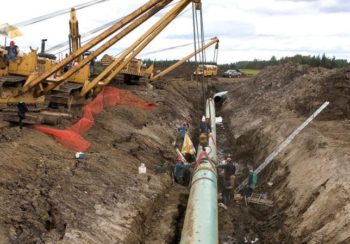Scientists have increasingly determined that today’s Arctic sea ice concentrations are still much higher than they have been most of the last several thousand years, undermining claims that modern era Arctic sea ice changes are remarkable, unusual, or unprecedented.
Source: Kolling et al., 2018
In the graphical illustration of Late Holocene, West Greenland sea ice changes are shown above. Kolling and colleagues (2018) indicate that both present-day and Little Ice Age era (~ the 1300s to 1800s AD) sea ice does not melt until May or late spring (Fig. 6a).
During most of the last 2,200 years — especially during the Medieval Warm Period (MWP) and Roman Warm Period (RWP) — spring sea ice melted in March, two months earlier than today (Fig. 6b).
The authors attribute the lower-than-today sea ice concentrations and warmer temperatures during the MWP and RWP to a “self-amplifying system” involving variations in solar activity and the AMO. Atmospheric CO2 concentrations are not mentioned in the paper as a factor influencing sea ice changes.
“The period between 2.2 and 1.2 kyr BP, with lower than modern sea ice conditions in Disko Bugt (Fig. 6b), coincides with generally warm conditions over the Greenland Ice Sheet.”
“A self-amplifying system may have caused the environmental changes observed in Disko Bugt area as follows: solar triggered Arctic sea ice melt [Ruzmaikin et al., 2004] increases freshwater supply towards the North Atlantic causing a reduction in sub-polar gyre activity and AMO [Holland et al., 2001, Schmith et al., 2003] as described by Sha et al. [2016].”
Consistent with other reconstructions for the region (Kryk et al., 2017; Durantou et al., 2012; Yamamoto et al., 2017; Perner et al., 2018), proxy evidence shows that current sea ice conditions are perhaps only modestly changed from the indicated conditions during the past few centuries.
Source: Kryk et al., 2017; Durantou et al., 2012; Yamamoto et al., 2017; Perner et al., 2018
The lack of any unusual or remarkable change in sea ice conditions during the modern era relative to the past suggests there is a lack of conspicuous connection between rising anthropogenic CO2 emissions and the Arctic climate.
Read rest at No Tricks Zone





















